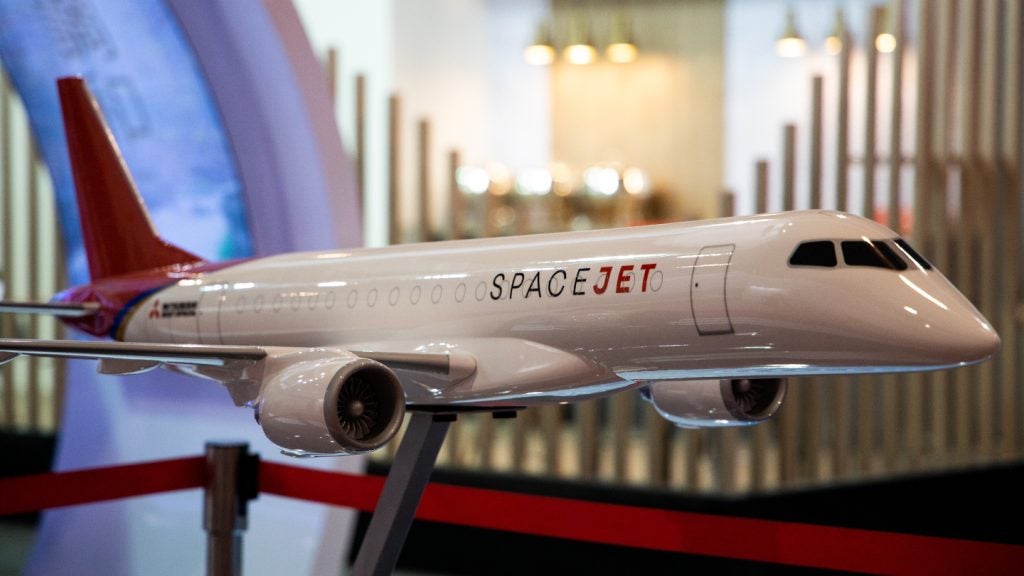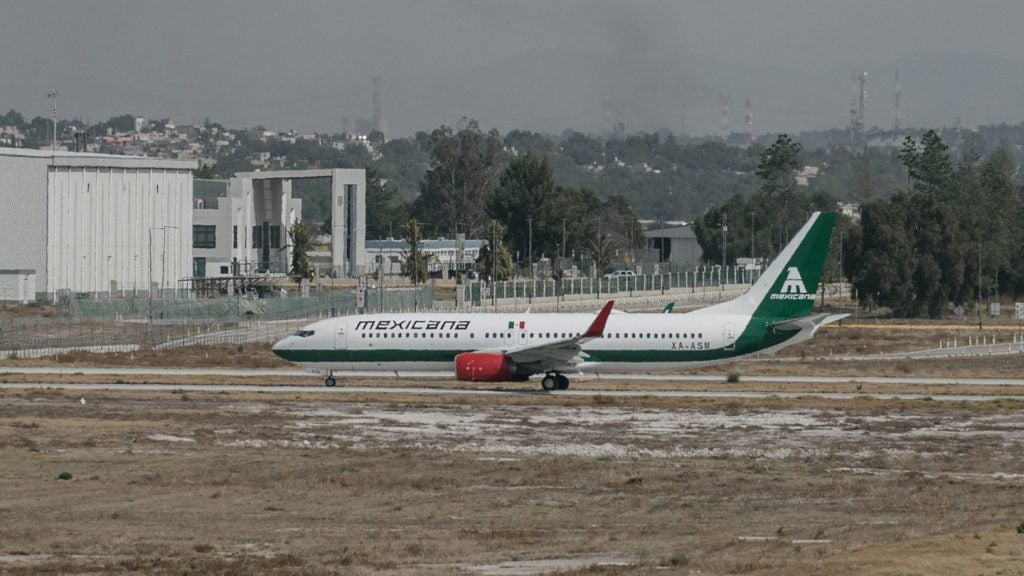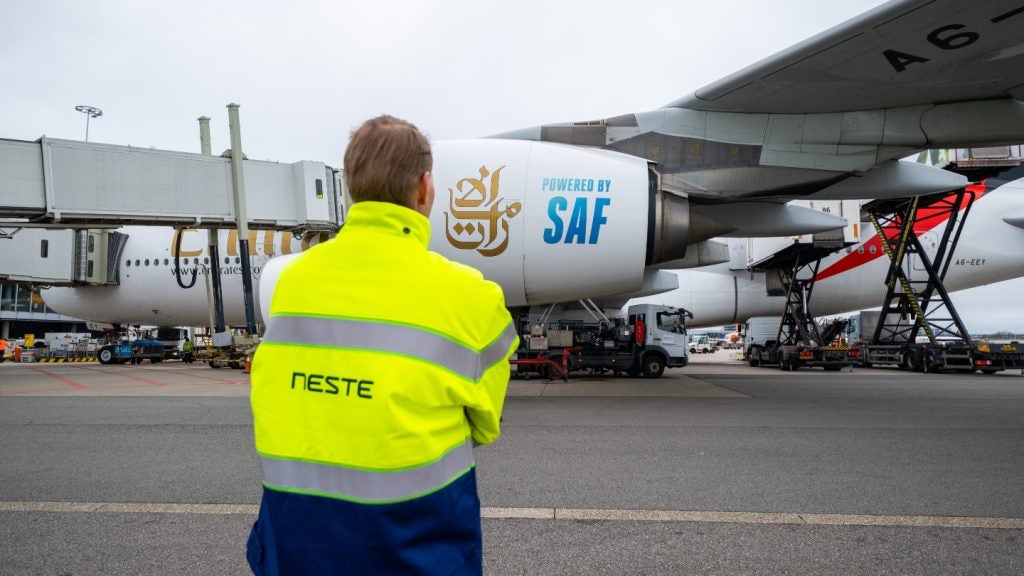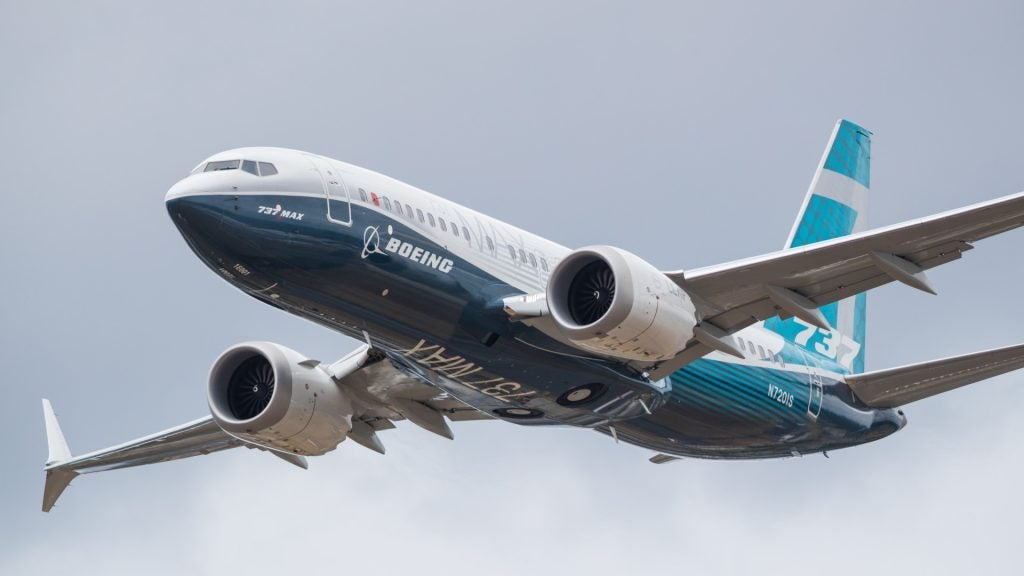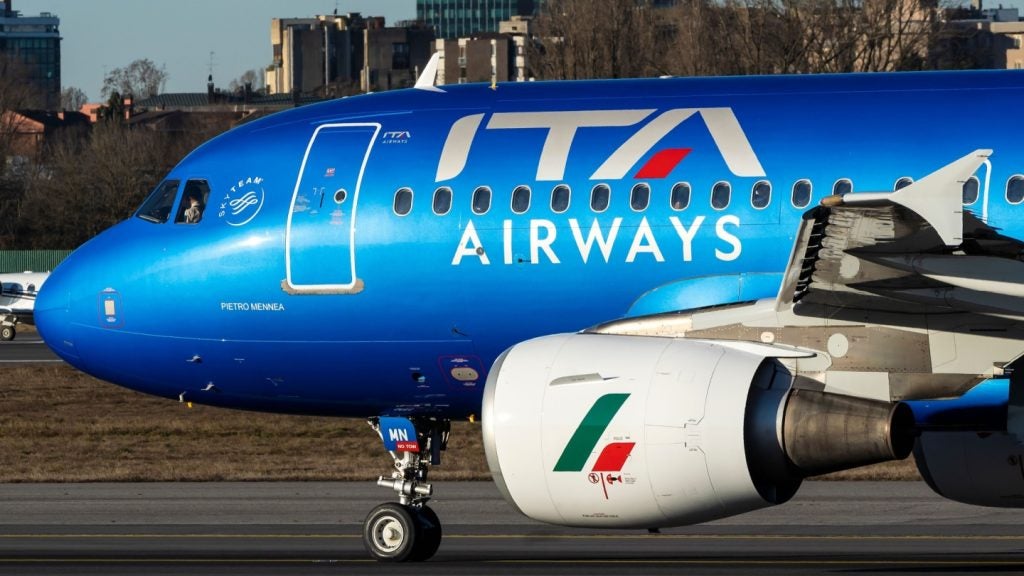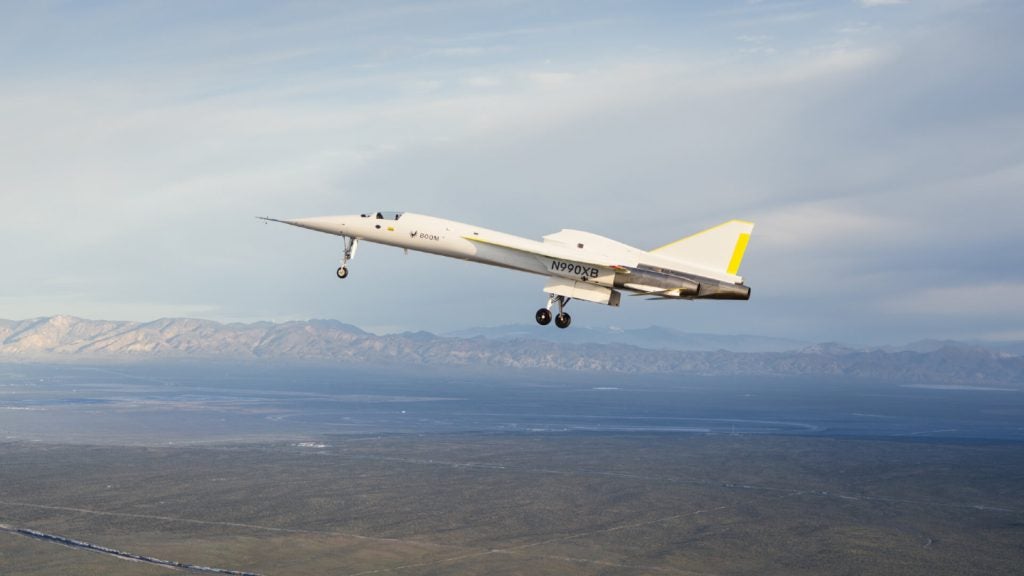Japan will attempt to build a homegrown aircraft again after the country’s Ministry of Economy, Trade and Industry announced a $33bn (Y5tn) project to build a plane powered by an alternative fuel source, such as hydrogen, by 2035.
The plan will include a variety of local and foreign manufacturers such as Subaru, Mitsubishi Heavy Industries, as well as the country’s space agency and energy bodies, with a focus on strengthening supply chains.
The move comes only a year after the SpaceJet aircraft developed by a Mitsubishi Heavy Industries (MHI) subsidiary was retired after years of delays and issues with gaining regulatory approval for the M90 model.
In comments reported by Nikkei, Kazuchika Iwata, vice minister of economy, trade and industry, said: “We aim to transform the aircraft industry from being component suppliers to one that can take the initiative in providing value-added products. It is our mission to utilize public and private knowledge, and experience learned from SpaceJet .”
Japan’s attempts to produce the country’s first commercial aircraft since the NAMC YS-11 in 1965 come as the aircraft manufacturing sector struggles to overcome concerns sparked by high-profile faults on Boeing aircraft and subsequent damning reports into the company’s quality control.
The country’s effort would also likely compete with neighbouring China’s C919, which began commercial operations in May 2023 and is seen as the beginning of China’s attempts to compete with the dominance of Boeing and Airbus in the sector.
While Iwata seemed keen to highlight the lessons learned from the failed SpaceJet project, any attempt to create an alternatively fuelled aircraft will also likely struggle to compete with the two dominant companies, with Airbus already working on developing its own hydrogen-powered aircraft through its ZEROe project, also aiming for a 2035 launch.


